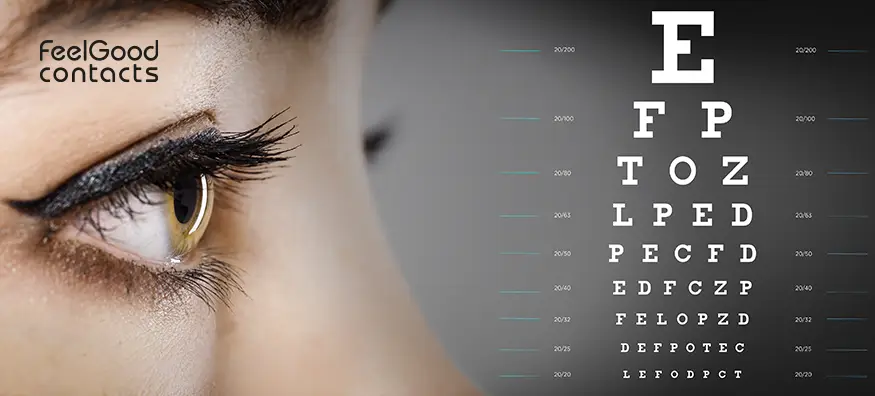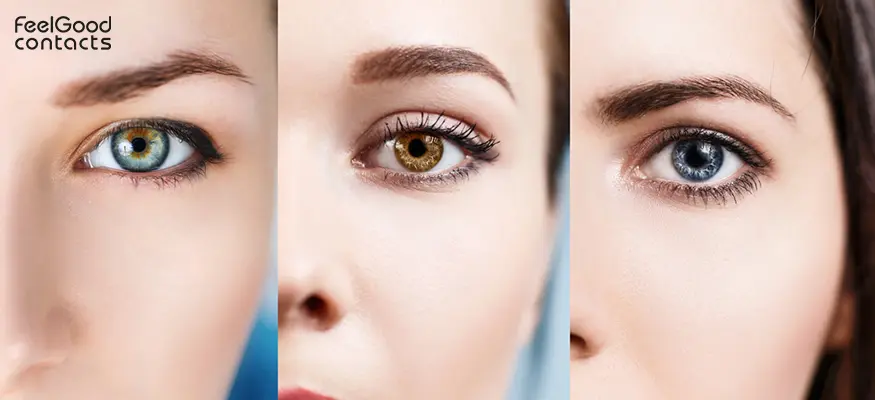
Age-related macular degeneration occurs when the retina becomes damaged, causing blurred vision/complete loss of vision in the centre of your visual field. Those with this condition cannot see in the middle part of their vision, which means when they are looking at their phone for example, they can see everything around the phone but not what’s in the centre of the screen.
What is low vision?
Low vision is a condition where someone has a lower quality of vision that cannot be corrected through glasses, contact lenses or surgery; it can make everyday tasks difficult. Low vision affects those with ARMD, but it can also affect those with eye injuries, glaucoma and diabetes. Although there are no treatment options for low vision, it can be managed through a period of vision rehabilitation, although this will help with daily tasks it will not improve vision.

What are the symptoms of age-related macular degeneration?
Symptoms of ARMD can include:
- Less or blurry central vision (in one or both eyes)
- Needing more light when reading close up
- Seeing straight lines as wavy
- Objects looking smaller than usual
- Hallucinations
- Trouble adjusting to dimmer light conditions
- Seeing printed words as blurry or distorted
- Seeing colours as less bright/strong
- Less ability to recognise people
- A dark, blurry section (blind spot) in your central field of vision
Note that ARMD is not painful at all and does not affect the appearance of the eyes.
How do your eyes change as you age?
As you age, it becomes more difficult for your eyes to react to light, especially in darker settings. Your eyes may also feel drier as you get older as the eyes don’t produce as many tears. You can also have issues with objects blending into the background as well as floaters/spots in your vision. Peripheral vision decreases more and more as you age. The way you see colour also changes, as colours become more faded.
Although these are all signs of age, they can also signify eye problems, so regular eye exams are needed to diagnose and prevent diseases.
Factors that may increase your risk of ARMD include:
- Being over the age of 60
- Family history of ARMD
- Smoking
- A diet low in omega 6/3, vitamins and minerals
- Northern European heritage
- Being overweight
- High blood pressure
It’s important to look out for any changes in your vision regularly. If your vision changes at any point, you should visit your optician. Regular sight tests will help to keep your eyes healthy; you should have a sight test every 2 years (or more often if recommended by your optician/GP). Certain health and lifestyle factors can contribute to your risk of developing ARMD.
How can you prevent ARMD?
Wearing sunglasses, seeing your optician regularly and not smoking all contribute to preventing the disease. Emerging evidence has also shown that goji berries may help to prevent ARMD.
A randomised trial published in the Nutrients journal found that “Regularly eating a small serving of dried goji berries may help prevent or delay the development of age-related macular degeneration, or ARMD, in healthy middle-aged people.” It also showed that a “small serving of the fruit increased protective pigments in the eye”.
Eating a varied diet rich in dark leafy greens, oily fish (or fish oil supplements), and orange foods such as carrots and oranges will all contribute to keeping your eyes healthy and preventing disease. Find out more about how to eat for eye health on our blog.
Disclaimer: The advice and suggestions in this blog are for informational purposes only and are not a substitute for medical care. Before trying any products or remedies, consult with an eye care professional. See our Editorial Policy for details on how we review our blog.






















